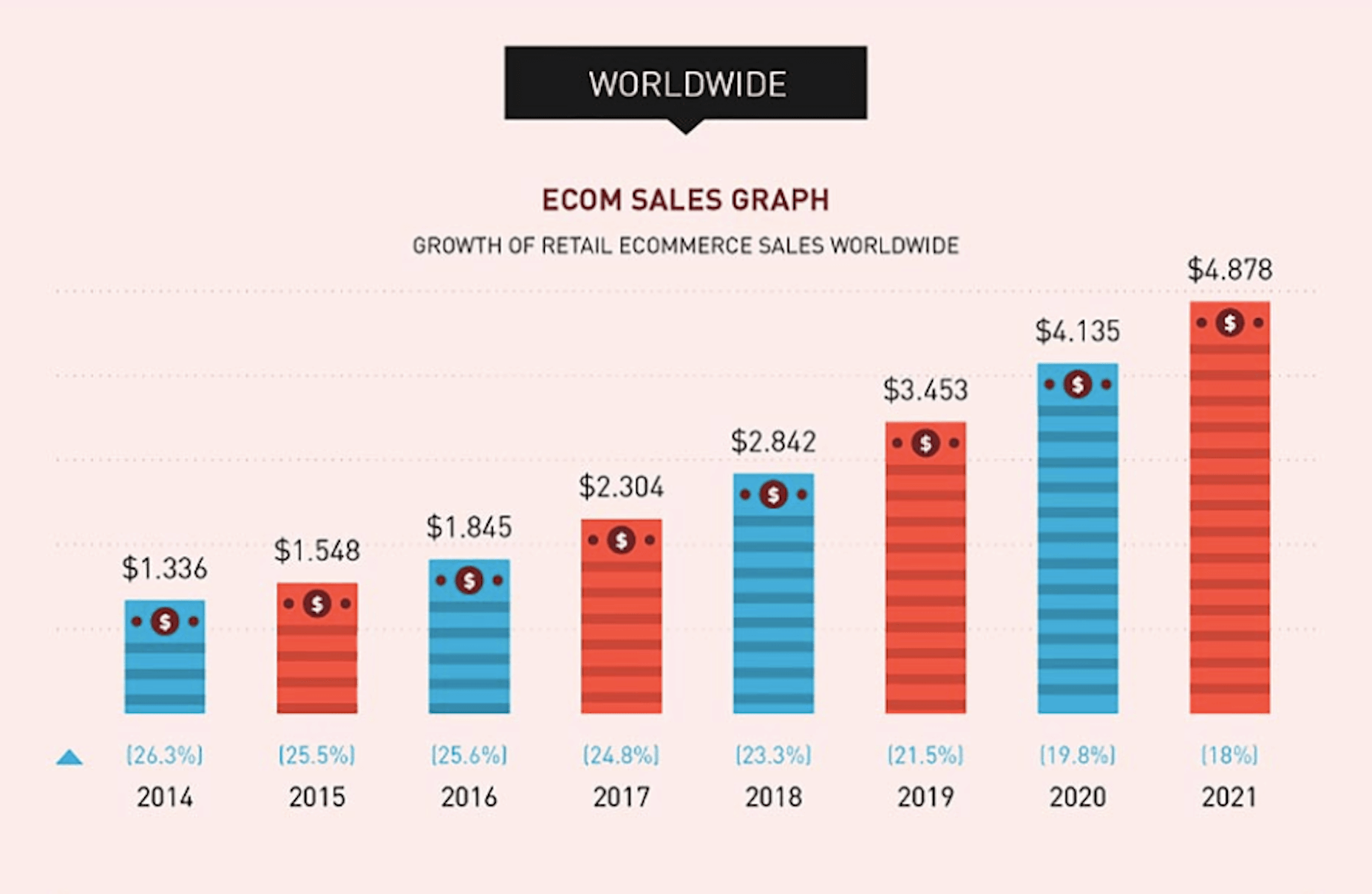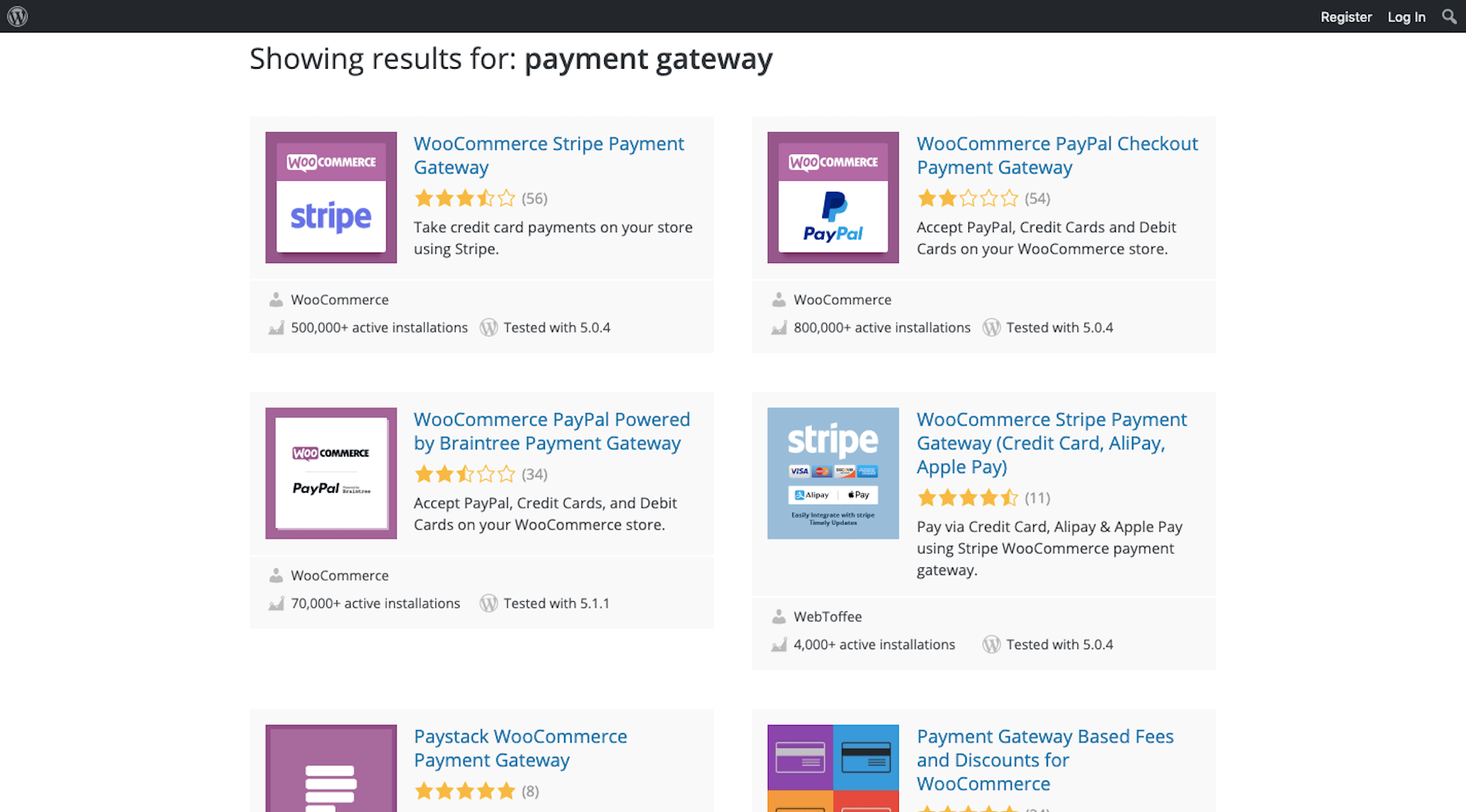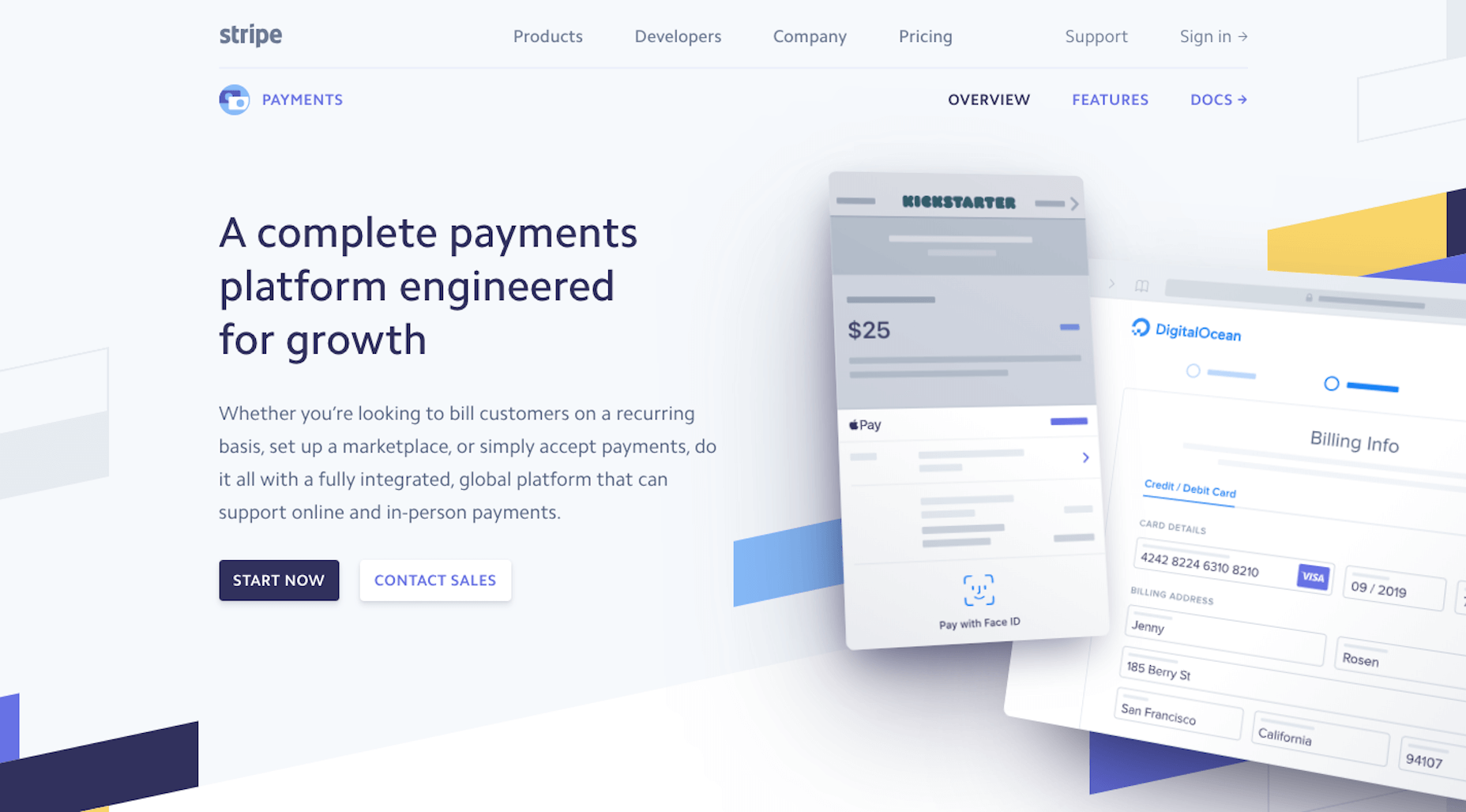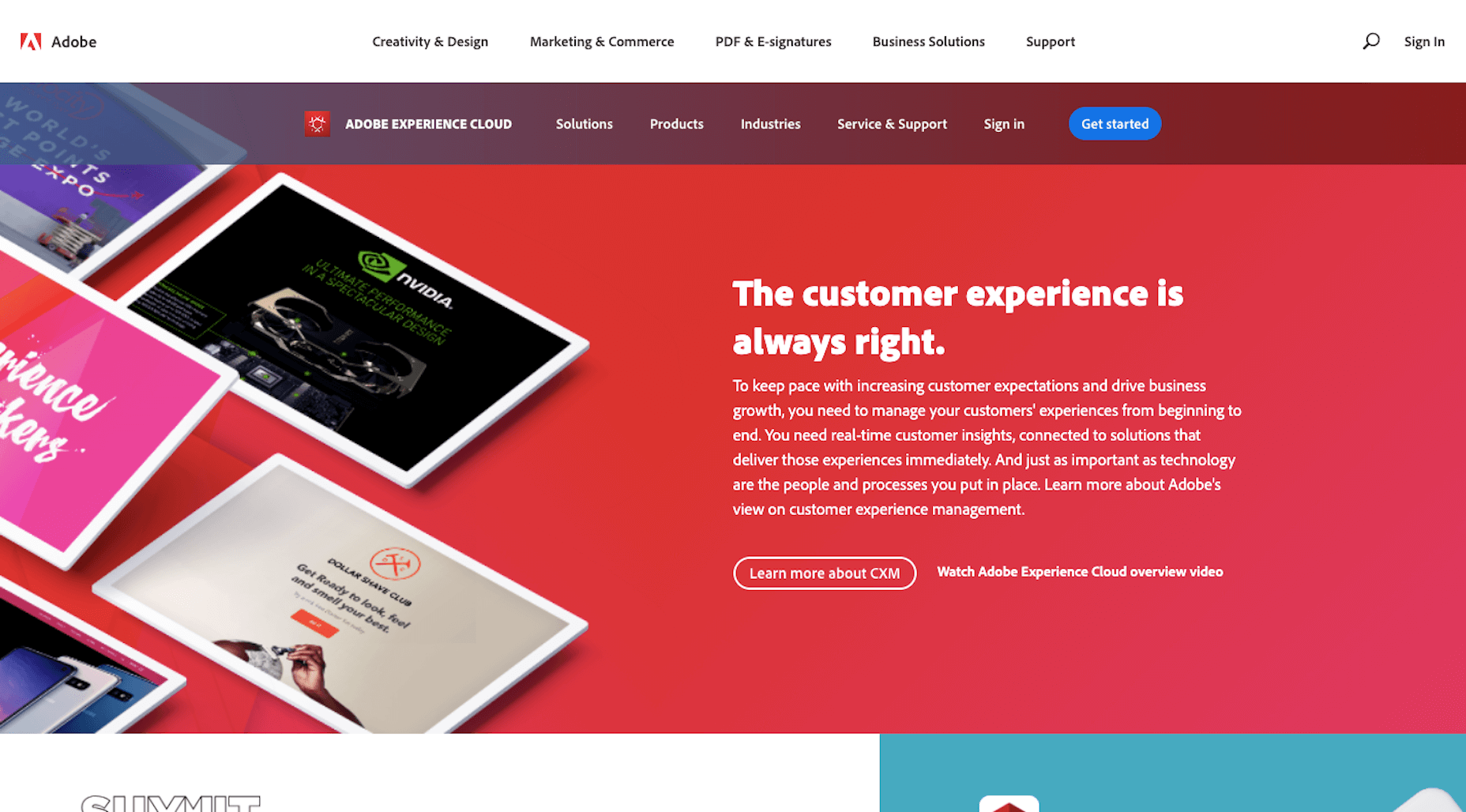
 We’re talking trillions of dollars in sales that ecommerce brings in every year. That’s why the decisions you make for your clients’ websites are so important.
Even as the future of ecommerce platforms introduces more advanced and intelligent ways to sell online, one thing will always remain the same:
The need for a strong, secure, and fast ecommerce payment gateway.
The following isn’t going to be your typical guide to learning about leading ecommerce payment gateways. You know which ones I’m talking about:
We’re talking trillions of dollars in sales that ecommerce brings in every year. That’s why the decisions you make for your clients’ websites are so important.
Even as the future of ecommerce platforms introduces more advanced and intelligent ways to sell online, one thing will always remain the same:
The need for a strong, secure, and fast ecommerce payment gateway.
The following isn’t going to be your typical guide to learning about leading ecommerce payment gateways. You know which ones I’m talking about:
- Stripe
- PayPal
- Amazon Pay
- Braintree
- Authorize.net
The Best Payment Gateway for Your eCommerce Platform
Depending on which website builder solution you use, your choice of payment gateway may differ. So, in order to help you find the best ecommerce payment processing solution, I’m going to break this down based on ecommerce platforms and the options you have to choose from within each. Let’s start by defining which are the leading ecommerce platforms. Based on market share data from BuiltWith, these are the most popular: Let’s explore the payment gateway options for the three most common ecommerce platforms:
Let’s explore the payment gateway options for the three most common ecommerce platforms:
WooCommerce
WooCommerce is not a standalone solution like the others as it requires WordPress to function. Because of this, you’re going to have a vast number of third-party payment processor integrations to choose from. WooCommerce, a plugin integration for WordPress itself, comes with a number of payment options upon setup:
WooCommerce, a plugin integration for WordPress itself, comes with a number of payment options upon setup:
 As you can see, there are a number of in-person payment methods WooCommerce allows you to use as well as PayPal.
As you can see, there are a number of in-person payment methods WooCommerce allows you to use as well as PayPal.
 While PayPal is a reputable payment processing resource, this option doesn’t actually allow you to accept payments on your website. Instead, shoppers will be shuttled over to PayPal to make their payments. That might not be a bad thing, for a couple of reasons.
For one, if your client’s business is new, it would be beneficial to leverage the name of a company like PayPal. Rather than leave customers wondering whether it’s safe to shop there, PayPal’s recognizability can help instill trust at checkout.
Secondly, there’s server processing to consider, too. An ecommerce store is already quite sizable and will consume a bunch of bandwidth from your client’s web server. If you try to add a different payment gateway through a plugin to WooCommerce, you could potentially slow down the loading times of your site even further (which can be problematic in WordPress).
Plus, PayPal is a great option regardless of which ecommerce platform you use. Processing fees are low. You can accept credit cards and PayPal payments. It’s super fortified and comes with fraud protection. Plus, it accepts payments from dozens of countries and currencies.
While PayPal is a reputable payment processing resource, this option doesn’t actually allow you to accept payments on your website. Instead, shoppers will be shuttled over to PayPal to make their payments. That might not be a bad thing, for a couple of reasons.
For one, if your client’s business is new, it would be beneficial to leverage the name of a company like PayPal. Rather than leave customers wondering whether it’s safe to shop there, PayPal’s recognizability can help instill trust at checkout.
Secondly, there’s server processing to consider, too. An ecommerce store is already quite sizable and will consume a bunch of bandwidth from your client’s web server. If you try to add a different payment gateway through a plugin to WooCommerce, you could potentially slow down the loading times of your site even further (which can be problematic in WordPress).
Plus, PayPal is a great option regardless of which ecommerce platform you use. Processing fees are low. You can accept credit cards and PayPal payments. It’s super fortified and comes with fraud protection. Plus, it accepts payments from dozens of countries and currencies.
Best Payment Gateway for WooCommerce: PayPal
If your clients are okay with payments being handled on PayPal’s site and servers, then your best bet is to go with the built-in option.Shopify
Shopify is a hosted store builder solution that’s not only easy to use, but helps users build very impressive ecommerce websites in little time. If all your client needs is a store — and they’re not thinking about adding extra website features (like a daily blog, social media feeds, email marketing automation, etc.) — Shopify is a solid choice. While you can add more “stuff” to a Shopify store, it’ll cost you. And the same goes for its payment gateway options. When you first install Shopify, you’ll notice that your store is automatically equipped with the Shopify Payments payment gateway. Although it’s labeled as “Shopify”, this payment gateway is powered by Stripe, a leading payment gateway solution in its own right. If your client is insistent on using a different payment gateway other than Shopify Payments, point this out to them:
If your client is insistent on using a different payment gateway other than Shopify Payments, point this out to them:
 In addition to paying the processing fees from the gateway of their choice, they’ll also get hit with an additional fee from Shopify. In some cases, this can effectively double what they have to pay just to accept orders through their Shopify store.
But there’s a lot of good that comes from using Shopify Payments. For instance:
In addition to paying the processing fees from the gateway of their choice, they’ll also get hit with an additional fee from Shopify. In some cases, this can effectively double what they have to pay just to accept orders through their Shopify store.
But there’s a lot of good that comes from using Shopify Payments. For instance:
- Lower processing fees
- Fraud protection
- Automatic payment processing integration
- Quick deposit of funds into your account (generally, a couple days)
- A Stripe partnership backing the platform
Best Payment Gateway for Shopify: Shopify Payments / Stripe
Your best bet with Shopify is to use Shopify Payments. In all honesty, there’s no reason not to, unless your client is conducting business from a country the payment gateway doesn’t support. You can find that information here.
You can find that information here.
Magento
Magento is the third most popular ecommerce platform. It also happens to be part of the Adobe Commerce and Experience Clouds, which makes it much more than an ecommerce platform. It’s an all-in-one ecommerce business solution where things like design, marketing, business management, CRM, analytics, and more collide. For larger ecommerce clients, this is a great solution.
Now, because you’re going to be designing a premium shopping experience for a premium client, you really have to make sure you get the payment processing element right.
Out of the box, Magento gives you three payment processing options:
For larger ecommerce clients, this is a great solution.
Now, because you’re going to be designing a premium shopping experience for a premium client, you really have to make sure you get the payment processing element right.
Out of the box, Magento gives you three payment processing options:
- PayPal
- Braintree
- Authorize.Net
 PayPal may seem like the logical solution. It’s a recognizable payment processor. It gives you a number of options for accepting payments — on site or through the Payflow payment gateway on PayPal’s site. And processing fees are reasonable. In all honesty, though, it’s not really built for larger ecommerce shops.
According to this Fundera comparison between PayPal and Authorize.net, Authorize.net is clearly the best choice for clients that sell over $500,000 in goods.
PayPal may seem like the logical solution. It’s a recognizable payment processor. It gives you a number of options for accepting payments — on site or through the Payflow payment gateway on PayPal’s site. And processing fees are reasonable. In all honesty, though, it’s not really built for larger ecommerce shops.
According to this Fundera comparison between PayPal and Authorize.net, Authorize.net is clearly the best choice for clients that sell over $500,000 in goods.
 Just keep in mind that your client’s business must be based in the U.S., U.K., Canada, Australia, or Europe. Customers can pay for goods from all around the world, though, and use a large assortment of payment types — credit cards, digital payments like Apple Pay, e-checks, and more.
In addition, you get much more control over payment processing and security than you would with other payment gateways.
Just keep in mind that your client’s business must be based in the U.S., U.K., Canada, Australia, or Europe. Customers can pay for goods from all around the world, though, and use a large assortment of payment types — credit cards, digital payments like Apple Pay, e-checks, and more.
In addition, you get much more control over payment processing and security than you would with other payment gateways.
Best Payment Gateway for Magento: Authorize.net
Because of the nature of the Magento ecommerce platform, Authorize.net is the clear choice for thriving ecommerce businesses.Wrap-Up
It might seem odd that I’m recommending you use the payment gateways that your ecommerce platform comes with out of the box when there are so many other options to choose from. However, there’s a good reason why those gateways were hand-picked and integrated into your ecommerce platform. In addition to having the right kind of features, security, and performance, the deep integration with your store-building software will speed up your workflow. Featured image via UnsplashSuzanne Scacca
Suzanne Scacca is a freelance writer by day, specializing in web design, marketing, and technology topics. By night, she writes about, well, pretty much the same thing, only those stories are set under strange and sometimes horrific circumstances.
Read Next
3 Essential Design Trends, November 2024
Touchable texture, distinct grids, and two-column designs are some of the most trending website design elements of…
20 Best New Websites, October 2024
Something we’re seeing more and more of is the ‘customizable’ site. Most often, this means a button to swap between…
Exciting New Tools for Designers, October 2024
We’ve got goodies for designers, developers, SEO-ers, content managers, and those of you who wear multiple hats. And,…
15 Best New Fonts, September 2024
Welcome to our roundup of the best new fonts we’ve found on the web in the previous four weeks. In this month’s edition…
By Simon Sterne
3 Essential Design Trends, October 2024
This article is brought to you by Constantino, a renowned company offering premium and affordable website design
You…
A Beginner’s Guide to Using BlueSky for Business Success
In today’s fast-paced digital world, businesses are always on the lookout for new ways to connect with their audience.…
By Louise North
The Importance of Title Tags: Tips and Tricks to Optimize for SEO
When it comes to on-page SEO, there’s one element that plays a pivotal role in both search engine rankings and user…
By Simon Sterne
20 Best New Websites, September 2024
We have a mixed bag for you with both minimalist and maximalist designs, and single pagers alongside much bigger, but…
Exciting New Tools for Designers, September 2024
This time around we are aiming to simplify life, with some light and fast analytics, an all-in-one productivity…
3 Essential Design Trends, September 2024
September's web design trends have a fun, fall feeling ... and we love it. See what's trending in website design this…
Crafting Personalized Experiences with AI
Picture this: You open Netflix, and it’s like the platform just knows what you’re in the mood for. Or maybe you’re…
By Simon Sterne
15 Best New Fonts, August 2024
Welcome to August’s roundup of the best fonts we’ve found over the last few weeks. 2024’s trend for flowing curves and…
By Ben Moss















